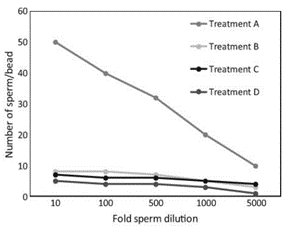#Question id: 8859
#Unit 9. Diversity of Life Forms
In terms of food capture, which sponge cell is most similar to the cnidocyte of a Cnidarian
#Question id: 8860
#Unit 9. Diversity of Life Forms
A radially symmetrical animal that has two embryonic tissue layers probably belongs to which phylum?
#Question id: 8861
#Unit 9. Diversity of Life Forms
Which of the following is true of members of the phylum Cnidaria?
#Question id: 8862
#Unit 9. Diversity of Life Forms
The members of which class of the phylum Cnidaria occur only as polyps?
#Question id: 8863
#Unit 9. Diversity of Life Forms
Which class of the phylum Cnidaria includes ʺjelliesʺ with rounded (as opposed to boxlike) medusae?
#Question id: 8864
#Unit 9. Diversity of Life Forms
Corals are most closely related to which group?

